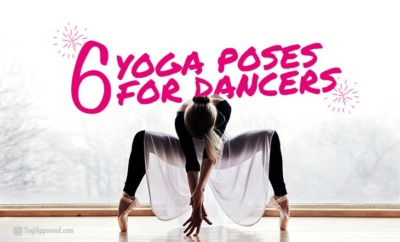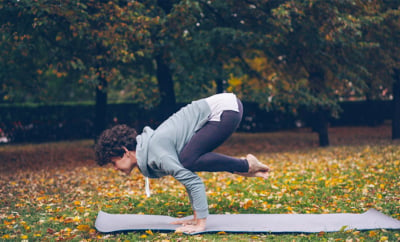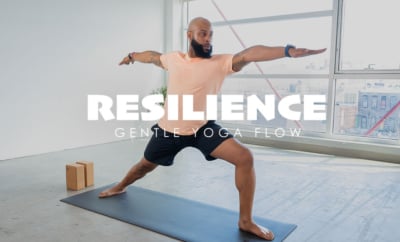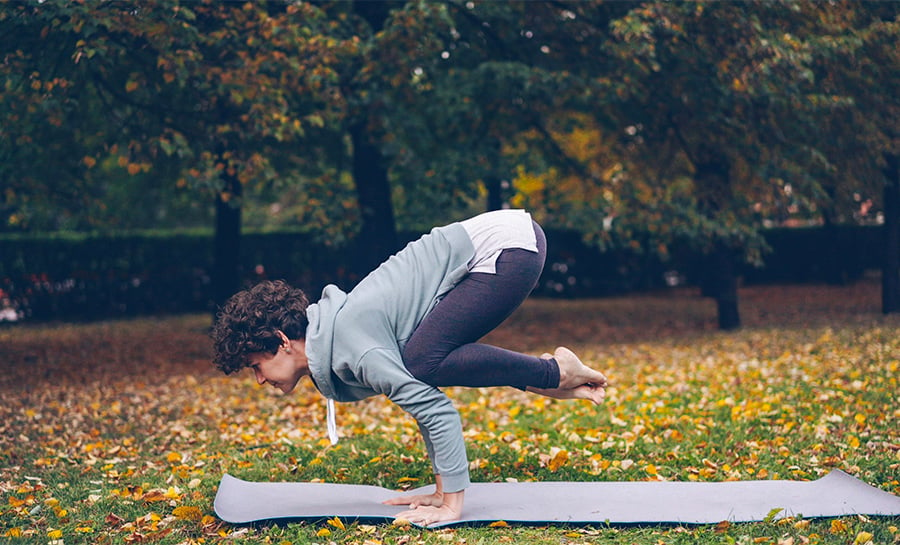Yoga Teachers: Should We Teach Chaturanga In Vinyasa Flow Classes?

teach chaturanga featured
Yoga constantly changes. People regularly discuss what actually constitutes “yoga,” and the abundance of opinions about yoga just about equals the number of practitioners. My opinion? Chaturanga shouldn’t be taught to beginners as a default.
After attending a workshop with Jason Crandell, I decided to stop teaching Chaturanga Dandasana (Four-Limbed Staff Pose) to most of my students.
Jason certainly didn’t suggest this. He encouraged deliberate alignment and provided accurate and useful anatomical information.
So why did I make this huge teaching shift?
The Chaturanga Adjustment That Changed Everything
It was the adjustment Jason’s assistant, Mike, gave me that sparked this resolution. He helped me keep the front of my rib cage pulling toward my spine, and didn’t let my ribs even remotely relax as I lowered into Chaturanga.
It was such a minute adjustment, but it changed everything about the level of strength needed, and intensity of sensation. I didn’t even realize I’d been allowing my core muscles to slacken.
As a practitioner, this was incredible progress . . . but as a teacher, I was stunned that after sixteen years of practice and eleven years of teaching, I still hadn’t entirely wrapped my mind around this pose.
How I Tried to Teach My Students Chaturanga
In every yoga class, I began to focus on the specifics, mechanics, alignment, and extreme importance of using the entire exhale to execute Chaturanga effectively and safely. I requested that students come to their shins. I asked them to place a block at its highest level as a gauge. I reiterated over and over that the shoulders don’t lower past the elbows.
I encouraged bandha engagement, asking students to witness where their rib cage lives as they bend their elbows. I adjusted everyone.
But instead of progress, I saw resistance to practicing Chaturanga any differently. The resistance makes a lot of sense. It’s an exceedingly demanding posture. Doing it properly is simply too difficult for most people.
So . . . Should We Teach Chaturanga At All?
The biggest danger when performing Chaturanga Dandasana improperly is the strain on the tendons attaching to the biceps. This can lead to damage of the rotator cuffs, which stabilize the shoulders.
Because ahimsa (non-harming) is part of the eight-limb yogic path, shouldn’t we actively remove poses if hardly anyone can do it safely and properly?
As teachers, we need to question teaching Chaturanga. Yes, it’s an integral part of the sun salutations, but they can be modified to exclude Chaturanga depending on the difficulty level.
Consider Your Students
Because Chaturanga is a truly challenging pose, the level of your students must be considered. As a teacher, you wouldn’t offer Eka Pada Galavasana (Flying Pigeon Pose) in a beginner class, right? So why offer Chaturanga over and over to students who are brand new, and can’t yet execute it safely and effectively?
Let’s break it down. In a typical Vinyasa class, a student could do up to fifteen Chaturangas. Let’s say they take five classes per week. That student could practice between 50 and 75 Chaturangas in a single week! And if the student isn’t doing it properly, the repeated action will eventually take a toll.
With the students who are willing to dedicate themselves to develop the core and arm strength, yes, practice this pose. Practice with dedicated diligence. But as teachers, the responsibility to offer safe, useful, and effective sequences often will supersede offering Chaturanga.
Teaching Chaturanga: The Takeaway
When I teach this pose, it’s broken down, and I ask students to practice on their shins. I allow time for students to fully explore it, and I adjust everyone. This includes intermediate students.
But I’ve taken Chaturanga out of the flow, and found other ways to work biceps, triceps, core, and wrists.
As teachers, we can change our opinions based on our continuous learning and growing as, first and foremost, students. I’m certain I’ll continue to do so. But in regard to teaching Chaturanga, I’m fairly doubtful that will happen.
What do you think?


This Month's Letter
From the Editor
Monthly motivation and food for
thought from our founder.


























